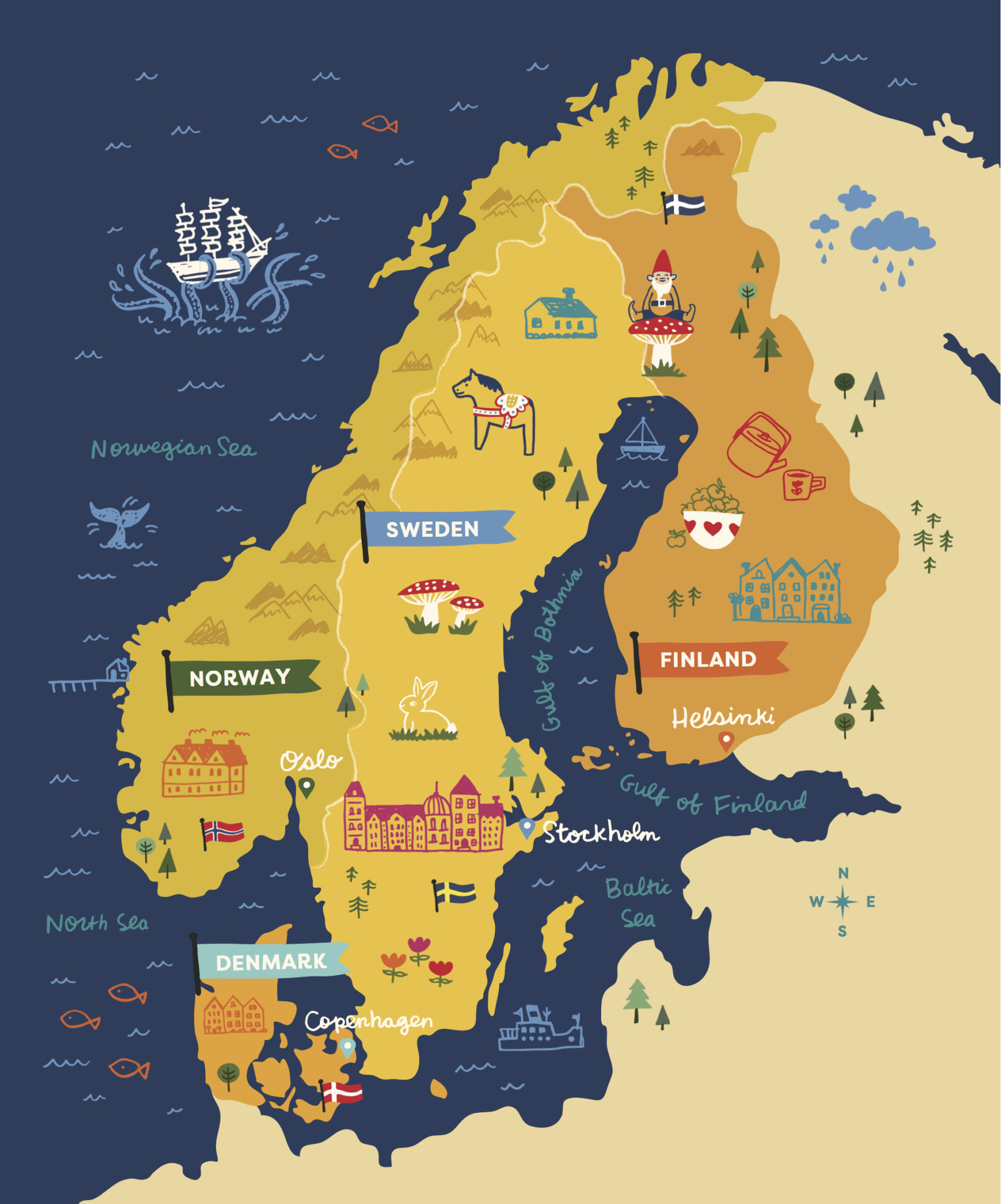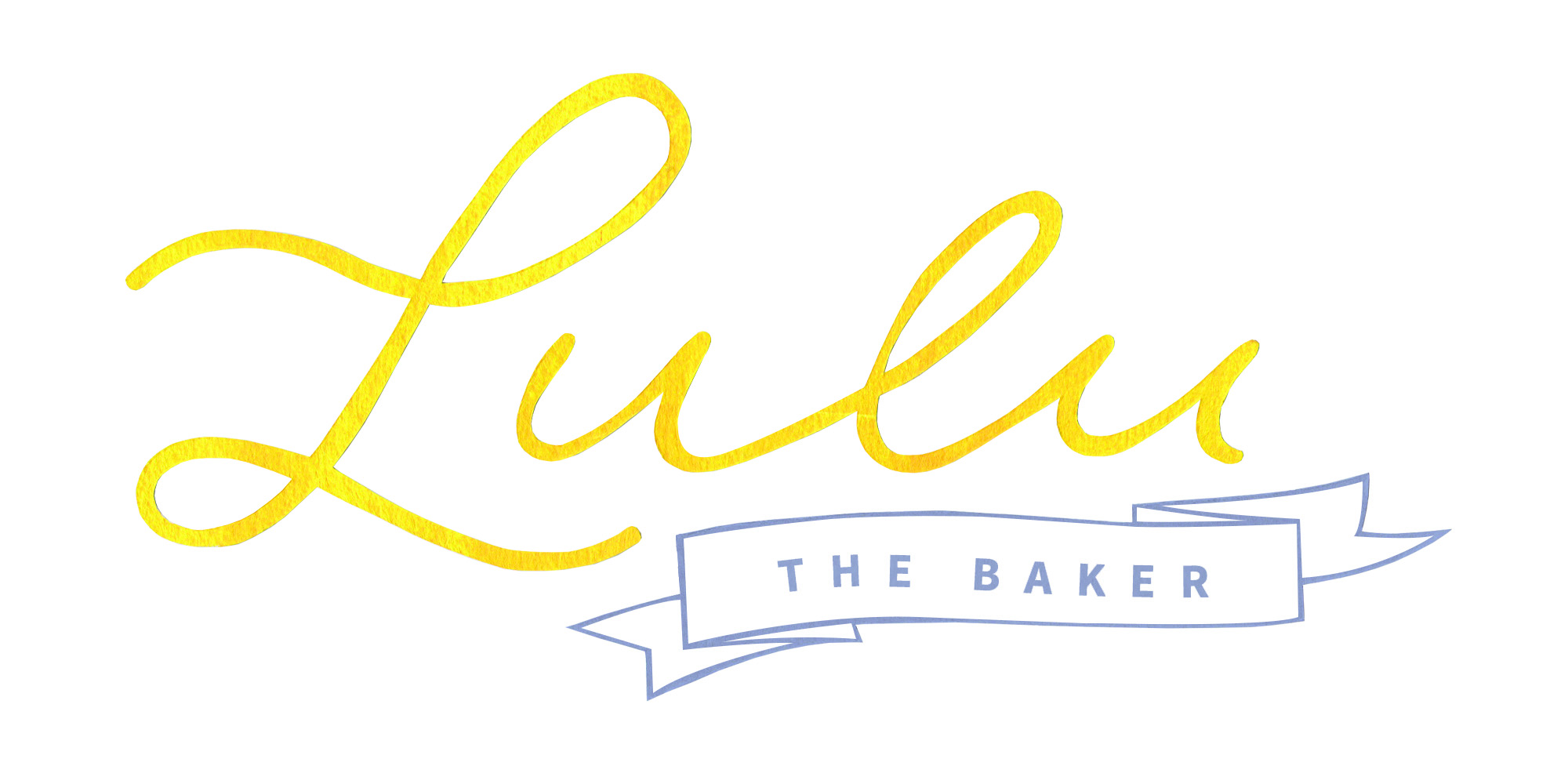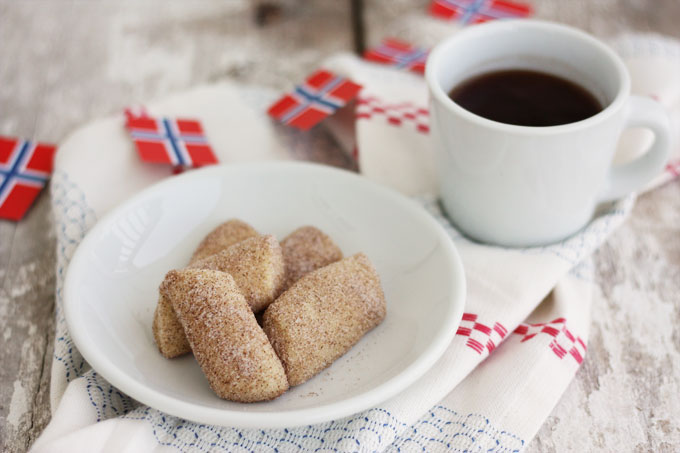
September is shaping up to be an awfully exciting month! I leave two weeks from today for my east coast book trip, and my book, Scandinavian Gatherings, comes out in just two and a half weeks!! While we’re waiting, I wanted to share one of my favorite images from the book, a darling map of Scandinavia, illustrated by the talented Kat Marshello, along with a little excerpt from the book that explains exactly what Scandinavia is.
“Technically, just Denmark, Norway, and Sweden are part of the Scandinavian region. But the true answer isn’t quite as simple as that. Norway, Sweden, and Finland—and not Denmark—are part of the Scandinavian Peninsula, the actual geographic fingers of land that extend into the ocean from the northernmost part of Europe. Because of cultural similarities, proximity, language, history, and more, Finland is closely associated with the Scandinavian countries, and often included unofficially, especially by us Americans. It happens often enough that there’s an actual term for adding Finland to Scandinavia: Fenno-Scandinavia. In these pages, you’ll find recipes and projects inspired by all four countries: rosemåling, the traditional folk painting of Norway; flower crowns worn by girls during Swedish Midsummer festivities; the candy-colored houses of Danish harbor towns; and the cardamom-scented baked goods of Finland.”
Be sure to pre-order your copy of Scandinavian Gatherings today, and get it in the mail on the 27th. And read this fun post on Glitter Guide about September’s must-read books, including mine!





The links to your book on Amazon aren’t working. Please help. So excited your book is coming.
Thanks for the heads-up, Mary! I’ll fix those links right now. And if you encounter a problem again, you can always click on “BOOK” in the bar at the top of the page, and it will take you to all of the pre-order links.
Where can we find out where you’ll be on your book tour? Can’t wait to see the book in person, looks lovely!
Hi Anne! I’m planning to post a list of events as soon as I have finalized details of each. They’ll be posted on the “BOOK” page on my navigation bar, and I’ll write them up in a blog post. New events are literally popping up every day; hopefully I’ll have a finalized list soon!
I don’t regard “Fenno-Scandinavia” as an actual term. I’ve never ever seen or heard it used by anyone in Scandinavia. It seems like an artificial term rarely used outside the English Wikipedia. Finland is Finland and Scandinavia is Scandinavia. Scandinavians, as a North Germanic people, are entirely unrelated to Finns in terms of language and heritage – even Urdu is more closely related to the Scandinavian languages than Finnish.
The reason Finland is *associated with* (but not part of) Scandinavia is that they have a minority of around 5% Scandinavian (Swedish) speakers who are disproportionately influential in the country since they used to be the elite, and that they have a history of political ties to Sweden and have therefore been included in the broader Nordic cooperation. Both Scandinavians and Finns regard Finland as Nordic, but not Scandinavian. The term Nordic focuses on political cooperation, ties and similarities, unlike the term Scandinavian which is primarily an ethnic/linguistic/cultural term for the North Germanic majority people there.
The Scandinavian Peninsula is not the same as Scandinavia. Scandinavia is the cultural region. The peninsula is named after the cultural region, not the other way round. Nobody in Scandinavia, other than geologists perhaps, offer the peninsula a thought. It’s the cultural region that matters. An additional consideration is the fact that Denmark used to be the most important Scandinavian country and that is located in the very centre of the core ancestral region of the Scandinavian peoples, and that Denmark used to include (as its most important region) Scania which is now southern Sweden, and which is also part of the peninsula.
The term Scandinavia is a problem for the Swedish nationalists living in Skåne etc. It doesn´t matter how you describe us. It´s not a long time when Swedish politics identified us as incest-loving mongoloids 😀
But to the facts: Europe’s largest cultural distance travels between Finland and Russia. Finland belongs to the Scandinavia culturally and geographically. Northern Finland belongs to Scandinavia geographically as well. Oulu/Ulepborg is the capital of Northern Scandinavia. But Scandinavia is politics and business. It´s ok to say that Finnish architecture & design is Scandinavian but people are not 😀
I love learning more! Thanks for sharing, Maria!
The Finnish flag you had draw needs to be corrected, please. As for the politeness, it is a sign of respect for Finland! The color should be the opposite. Hope you have noticed it before publishing. Thank you, ma’am.
Thank you so much for bringing that to my attention!
“The reason Finland is *associated with* (but not part of) Scandinavia is that they have a minority of around 5% Scandinavian (Swedish) speakers who are disproportionately influential in the country since they used to be the elite, and that they have a history of political ties to Sweden and have therefore been included in the broader Nordic cooperation.”
No, the reason Finland is associated with Scandinavia is that before the Swedes expanded their empire to what would become known as Österland and eventually Grand Duchy of Finland and later Finland these lands were just wilderness with small secluded tribes.
The concept of Finland is as new as 1809. It started with the Swedes introducing these small tribes to the concept of a larger society starting in ~1200s. Their purpose in it of course was to extend the lands they could place under taxation. Something as mundane as written language didn’t exist in the areas now known as Finland before Sweden expanded here. For about 600 years the people living in “Finland” didn’t think of themselves as Finns either, they identified as a part of their local tribe who served the Swedish crown. Only when Russians separated that large part of Sweden from the rest of Sweden a distinct Finnish identity was born.
Finnish society and culture is built on Swedish imports. Ideas like christianity, taxation, court of law, law in itself, education and how all of those are handled were directly copied over from Sweden (naturally, since “Finland” was just another part of Sweden with no distinction made between the two). In the past 200 years they have evolved separately so it’s not to say the two are carbon copies of each other in present day, but the nation of Finland is heavily built on the foundation created by Sweden, a Scandinavian culture. That’s why it often gets grouped into Scandinavia despite the differences in ethnic background and language.